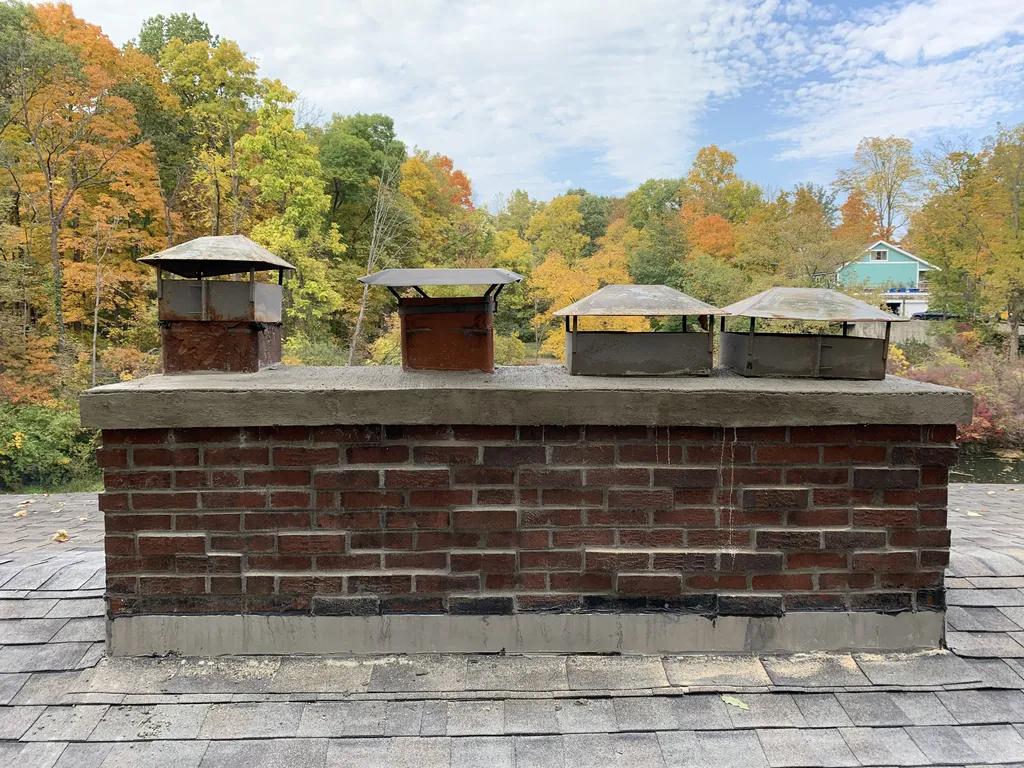Exterior brick structures are not only aesthetically pleasing but also durable and long-lasting. However, over time, wear and tear can take a toll on the bricks, requiring repair and maintenance. In this essential guide to exterior brick repair, we will explore the common issues that affect brick exteriors, the steps to properly assess and diagnose these issues, as well as the best practices for repairing and preserving brick structures. Whether you are a homeowner looking to maintain your property’s curb appeal or a professional in the construction industry, this guide will provide you with the knowledge and tools necessary to effectively address brick repair needs.
Table of Contents
- Common Types of Brick Damage
- Tools and Materials Needed for Repair
- Step-by-Step Guide to Repairing Exterior Brick
- Preventative Maintenance Tips for Brick Exterior
- Q&A
- To Wrap It Up

Common Types of Brick Damage
When it comes to maintaining the exterior of your home, it’s important to be aware of the that can occur over time. Identifying these issues early on can help prevent further deterioration and costly repairs down the road. Here are some of the most :
- Cracks: Cracks in bricks can be caused by a variety of factors, including settling of the foundation, water damage, or extreme weather conditions.
- Spalling: Spalling occurs when the surface of the brick begins to flake or crumble, usually due to water infiltration and freeze-thaw cycles.
- Efflorescence: This white, powdery substance often seen on bricks is caused by water evaporating and leaving behind salt deposits.
- Discoloration: Discoloration of bricks can be caused by algae growth, mold, rust, or pollution.
It’s important to address these types of brick damage promptly to prevent further deterioration. Depending on the severity of the damage, repairs may involve simple patching or more extensive restoration work. Consult with a professional brick mason to determine the best course of action for your specific situation.

Tools and Materials Needed for Repair
- Masonry trowel: Essential for applying mortar
- Chisel: For removing damaged bricks
- Hammer: To assist with chiseling
- Level: Ensures bricks are properly aligned
- Brush: Helps clean the area before repair
In addition to tools, you will also need the following materials:
- Mortar mix: Used to fill in gaps and secure bricks
- New bricks: To replace any damaged ones
- Waterproof sealer: Protects the repaired area from moisture
- Pigment: To match the color of the existing bricks
Step-by-Step Guide to Repairing Exterior Brick
Identify the Damage
Before starting the repair process, carefully inspect the exterior brick to identify the damage. Look for cracks, chips, spalling, efflorescence, or discoloration. Take note of the location and extent of the damage to determine the best repair approach.
Prepare the Surface
Once you have identified the damage, it’s important to prepare the surface before making any repairs. Clean the area with a stiff brush and water to remove any dirt, debris, or loose mortar. Make sure the surface is dry before proceeding with the repair process. If necessary, use a wire brush to remove any loose or deteriorating mortar.

Preventative Maintenance Tips for Brick Exterior
Regular maintenance is essential to keep your brick exterior looking its best and functioning properly. Here are some preventative maintenance tips to help you avoid costly repairs in the future:
- Inspect for cracks and damage: Regularly inspect your exterior brick for any cracks, chips, or other damage that may need to be repaired.
- Seal your brick: Applying a sealant to your brick exterior can help protect it from moisture, mold, and other damage.
- Clean your brick: Regularly cleaning your brick exterior with a mild detergent and water can help prevent dirt and grime buildup.
By following these preventative maintenance tips, you can help ensure that your brick exterior stays in top condition for years to come. Remember, it’s always best to address any issues promptly to avoid more extensive repairs down the road.
Q&A
Q: What are some common signs that exterior brick repair is needed?
A: Cracks, crumbling or missing mortar, and discoloration are common signs that exterior brick repair may be necessary.
Q: Can exterior brick repair be a DIY project?
A: While some minor repairs can be done by DIY enthusiasts, it is recommended to hire a professional for larger, more complex repairs to ensure the safety and integrity of the structure.
Q: What are the potential consequences of ignoring exterior brick repair?
A: Ignoring exterior brick repair can lead to further damage, water infiltration, and even structural issues in the long run.
Q: How can I find a reputable professional for exterior brick repair?
A: It is recommended to get referrals from friends or family, check online reviews, and ask for references before hiring a professional for exterior brick repair.
Q: What are some steps involved in exterior brick repair?
A: The steps involved in exterior brick repair may include cleaning the surface, removing damaged bricks or mortar, repairing or replacing bricks, and repointing the mortar joints.
Q: How can I prevent the need for exterior brick repair in the future?
A: Regular maintenance, including cleaning, sealing, and inspecting the exterior brick, can help prevent the need for extensive repairs in the future.
To Wrap It Up
In conclusion, maintaining the exterior brick of your home is important for both aesthetic and structural reasons. By following the essential guide to brick repair outlined in this article, you can ensure that your brick surfaces remain strong, beautiful, and well-maintained for years to come. Remember to regularly inspect and address any issues promptly to prevent further damage. By investing in proper maintenance and repair, you can improve the curb appeal and value of your property while also protecting it from the elements. If you have any doubts or concerns about brick repair, it is always best to consult a professional for guidance and assistance. Thank you for reading this essential guide to exterior brick repair.


